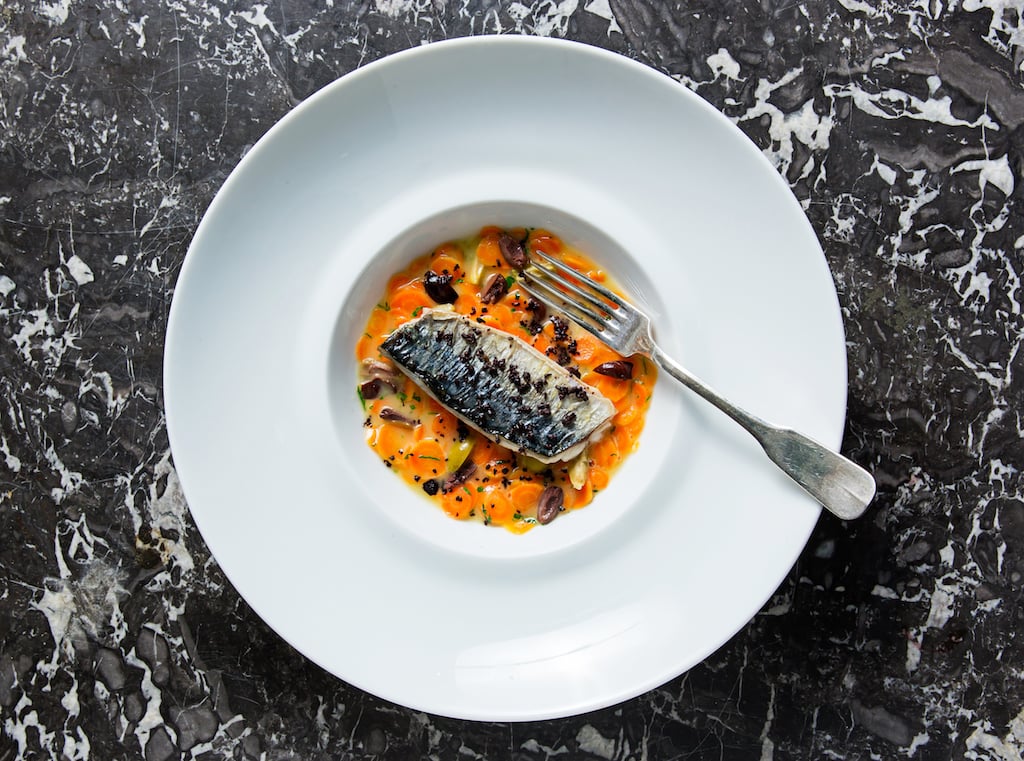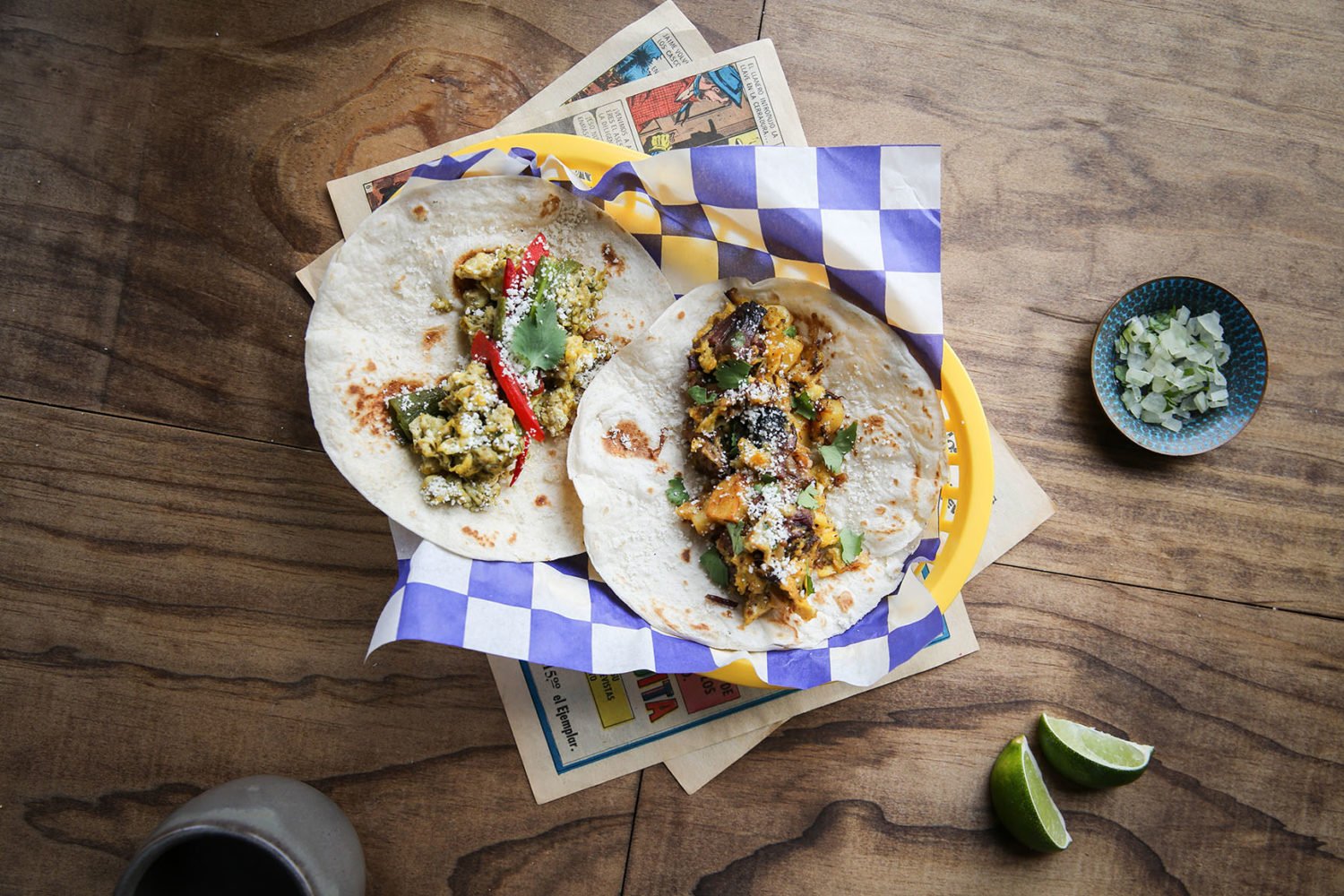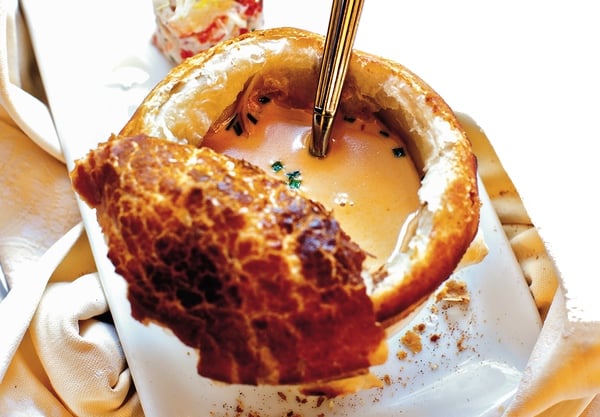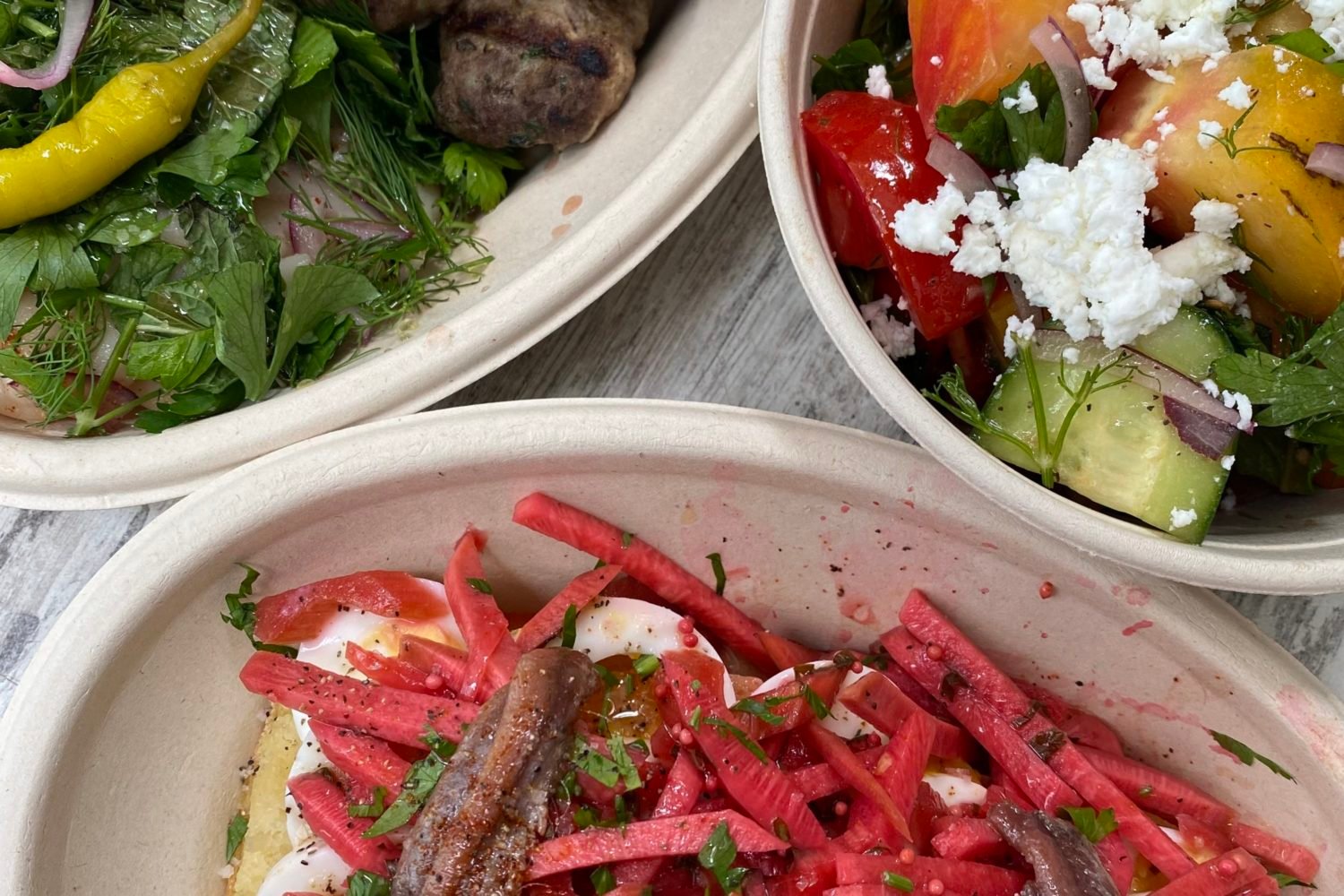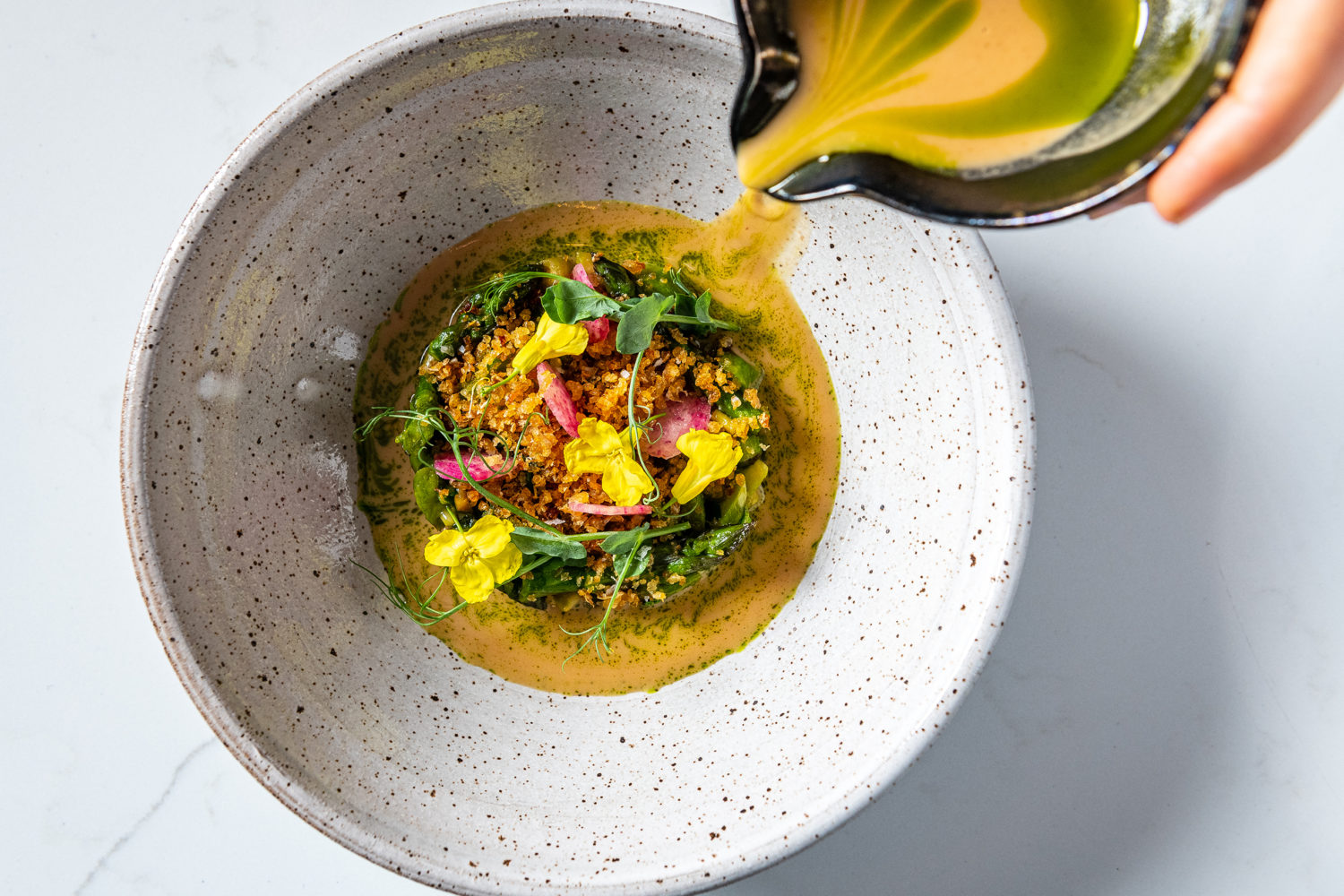Our annual 100 Very Best Restaurants issue hit newsstands this week, and you can find a list of the top 25 online here. (Spoiler: Métier ranks No. 1.) Restaurant critic Ann Limpert answered reader questions on Facebook this morning about who’s up, who’s down, and what it’s like to consume so many calories. Here are some highlights:
I’m interested in the methodology used to complete the rankings, which is quite the comprehensive list! Is it quantitative (e.g. each of the staff scores each restaurant and averages them out)? Or is it more of a ‘war room’ style where the list is developed over a lot of discussion and meetings?
Definitely more war room style! We don’t go the Michelin-inspector route, creating detailed report cards and making it a numbers game. Instead we take copious notes on our own, then we all gather to hash out and argue over the rankings. Most years, the top 10-20 and bottom 90 fall into place the most easily. This year was trickier—there were so many previously stellar places that had fallen to merely good (Rose’s Luxury, most notably). We decided that we couldn’t grade those on a curve—we wanted the list to reflect where Anna Spiegel, Jessica Sidman, Cynthia Hacinli, and I would be most excited to eat right this very moment.
What is it about The Inn at Little Washington? It’s far enough from DC that you could start blending in Baltimore restaurants. I get that it’s great, but it seems so remote that if Baltimore is disqualifying, so should Washington, VA.
It’s a valid point, but the Inn still holds the crown as THE special occasion destination restaurant for many folks in DC, and if you live in Northern Virginia, as many of our readers do, the schlep isn’t quite as far. It’s such a singular experience and totally worthy of the journey. I used to be able to make a similar case about Bmore’s Woodberry Kitchen—that it’s worth the trip and completely unlike anything else you’d find in DC—but not anymore.
What happened to Minibar that got it knocked down to No. 14 after riding in low single digits for years? Did it become less great or was it outclassed by some of these newer entries?
Ah, Minibar. I’ve had the massive privilege of getting to visit José Andrés’s flagship about once a year for the past decade. Last year, it came very close to being our number-one-ranked restaurant. Nearly every dish was one I thought about and puzzled over—and craved—for days. The vibe in the kitchen, which you face during the meal, was fun and lighthearted, which is a true feat given what a complex dance those 25-odd courses are to pull off.
This year, dinner there was still a joy, but it really just came down to the food— there were fewer dishes we felt so enraptured with (those moments were still there, but when you’re charging $500+ a head…). The mood in the kitchen—which is a huge part of the experience—felt stiffer. Also, in a moment that felt like a parody, my dining companion and I each got liquid nitrogen burns on our tongues (they weren’t lying when they called the dish Dragon’s Breath!). That can’t happen at that level of restaurant.
How does it affect you, as a human being, to eat out so much? What percentage of your cells would you say are now primarily made up of butter?
Oh God, too many. You start to get salt and butter fatigue. And more and more I have to be fairly spartan and joyless about my non-work meals (chia seeds and leaves, basically). But there has also been—I’m so thankful for this—a move away from the pork belly and bacon and butter mania of the last decade towards more veggies, more crudos, and more things that will generally not make you want to curl up in bed the second you leave the table.
Did you specifically exclude chefs from having more than one place in the top 25? If not, why the big drop for Fiola Mare?
Definitely not! It did shake out a little strangely this year (Métier is up, Kinship is down; Komi is high, Little Serow is lower than in the past). In Fiola Mare’s case, a few things accounted for the drop: a menu that felt like it was coasting (there weren’t too many new dishes, and it seemed shorter), execution hiccups (an overcooked pasta), and desserts that were less memorable than before.
I’m somewhat surprised to see Fiola and Fiola Mare not in the top 25, has their cuisine slipped as the Trabocchi’s worked on Del Mar?
I’m sure that has something to do with it. Naturally, there would be more of the Trabocchis’ attention focused on the big, glitzy, incredibly ambitious Del Mar, which was easily the top debut of the year. That said, the original Fiola didn’t landed in our top 25 last year, either (the food can be relentlessly rich and the place is a little corporate-feeling). And I outline the reasons for Fiola Mare’s drop in the answer above.
I’m really glad to see Inferno made the top 25, I love having such a great restaurant close to my home. What was your favorite single dish eaten while working on the list?
Oooh, so tough! I have to say the mackerel at Métier, and I say this as someone who has been at best ambivalent about mackerel in the past. It was a perfect piece of fish, without any bitterness, it was beautifully complemented by the orange-scented sauce and the socca that came alongside. Close runner up: the Ibérico ham fanned around a little volcano-shaped flame at Del Mar (the warmth helps melt the fat). I could munch on that all day, every day.
What advantage does a new buzzy restaurant have over an established warhorse?
The main advantage is an energy and excitement that comes from within, in some cases. But for every Chiko or Maydan—two openings that felt top-of-their-game from the outset—there are countless other debuts that are full of kinks or finding their way. The latter scenario is much more common. And then there are places like Del Mar and Requin, which both come from veteran chef/restaurateurs and high-punching restaurant groups. Right now is the time to go—when all the groups’ focus seems to be on them.
When you’re putting together your top 25, do you take diversity of cuisine into account? If so, how does that process work?
Yes and no. A more diverse list is a more exciting list. But that’s not to say we save slots, either. Bad Saint, the only Filipino place on the list, is ranked so highly because the cooking is so damn great—not because it’s a different cuisine than the others. And every year certain cuisines become more prevalent—this year brought fantastic Japanese, luxe Spanish, and some really good French.
This Q&A has been lightly edited for clarity.

